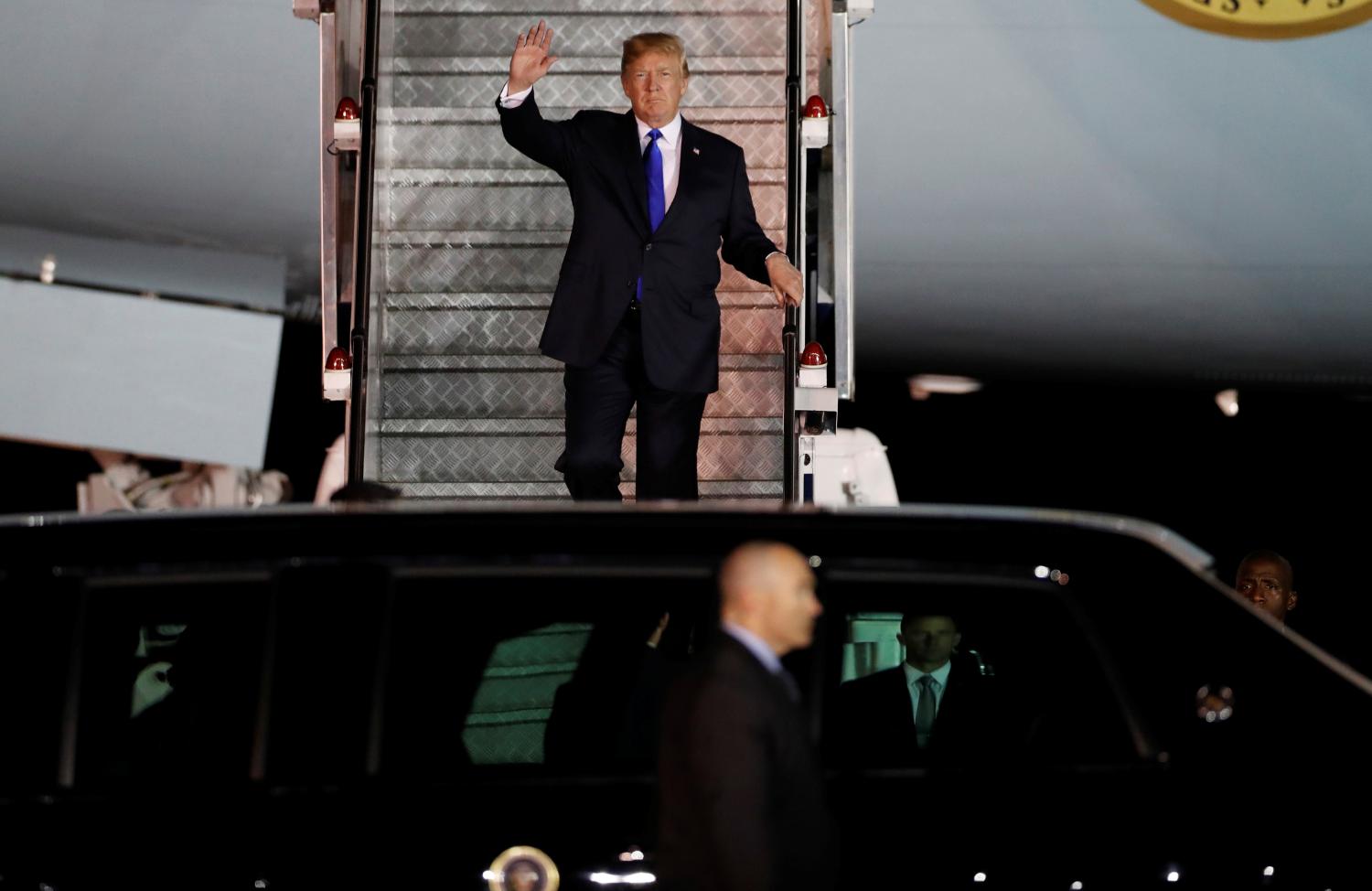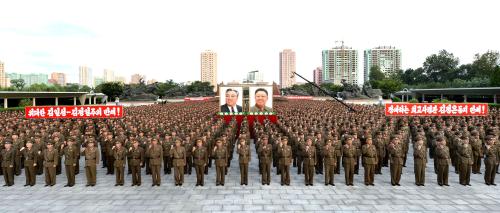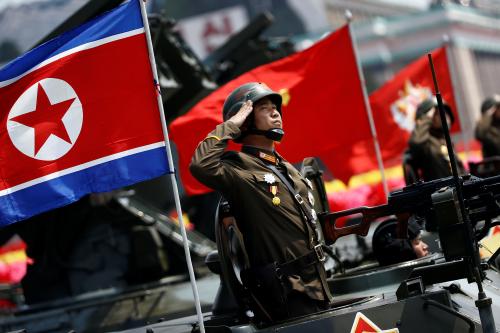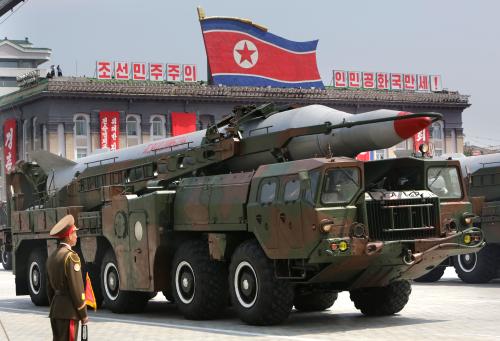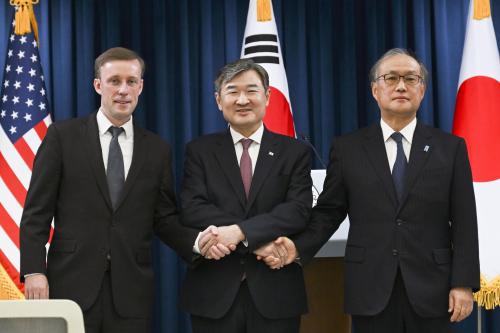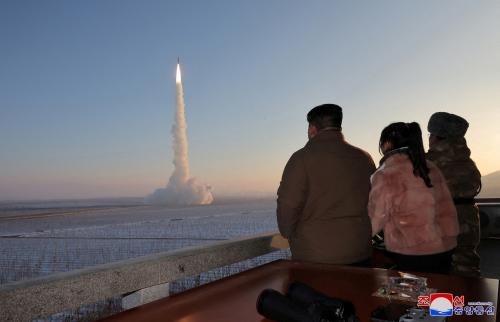Executive summary
If the U.S. intelligence community and most non-governmental experts on North Korea are right that Kim Jong-un has no intention of getting rid of his nuclear and missile capabilities altogether, an agreement committing the North to complete denuclearization, whether rapidly or incrementally, will not be achievable. In that case, the realistic choice for the Trump administration will come down to pursuing an agreement that limits but does not eliminate DPRK capabilities in an agreed timeframe or abandoning negotiations and adopting a strategy of pressure, deterrence, and containment.
A pressure strategy would avoid the political risks and uncertainties of dealing with a country with a notoriously poor track record on previous agreements. But it would not prevent North Korea from making further advances in its nuclear and missile programs. And with the current sanctions campaign already losing steam because of the optimism surrounding recent high-level diplomacy, it would be difficult to ramp up pressure strongly enough to force Pyongyang to denuclearize or to undermine the regime.
An agreement that stops short of eliminating North Korean capabilities would not ensure that complete denuclearization will ever be achieved, and it would be heavily criticized domestically. But it could impose significant limits on DPRK capabilities, enable U.S. and allied defense planners to better develop defenses against a constrained North Korean threat, gain the strong support of South Korea, China, and other key actors, and help create a more promising framework for pursuing additional measures to enhance stability on the Korean Peninsula.

